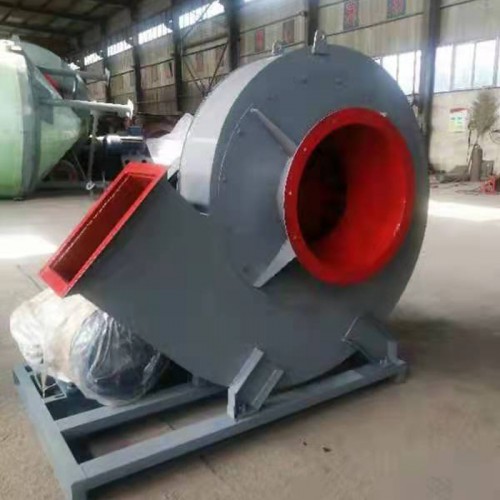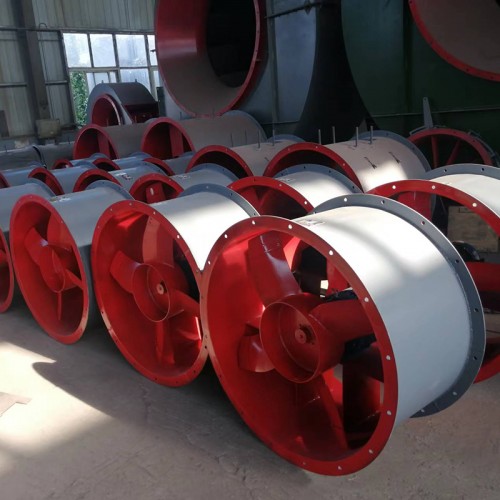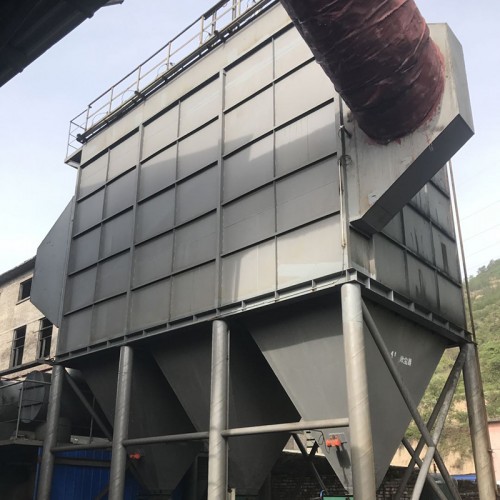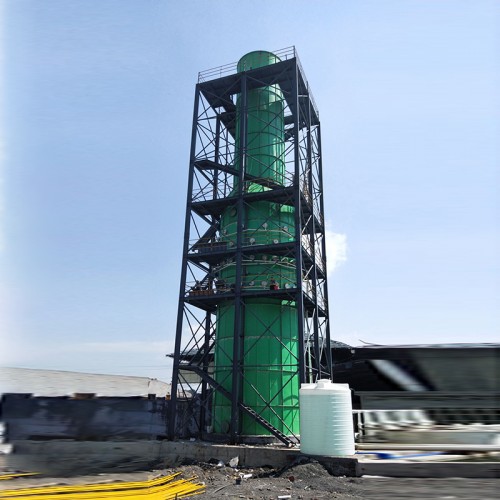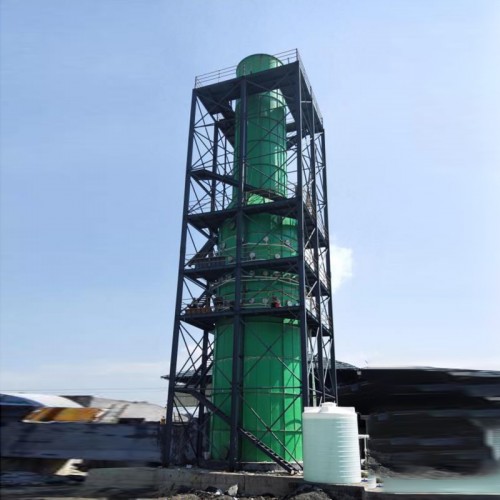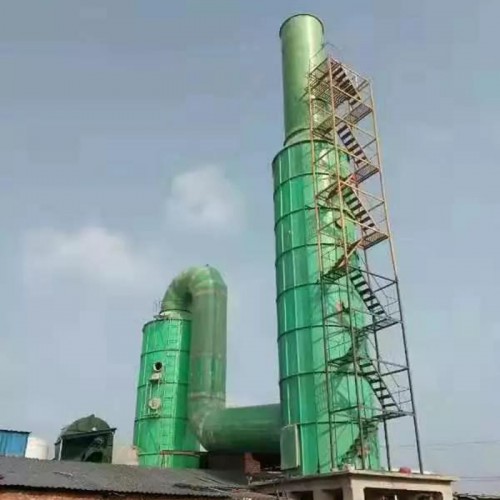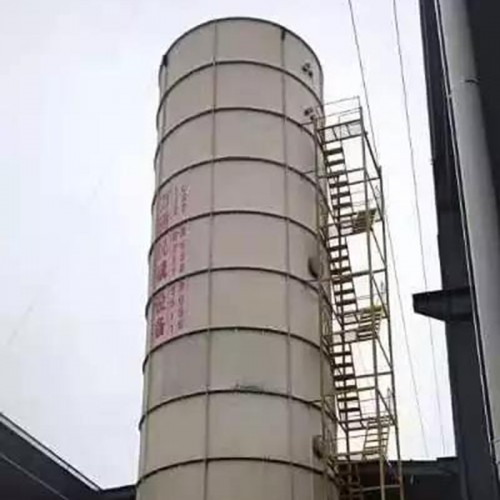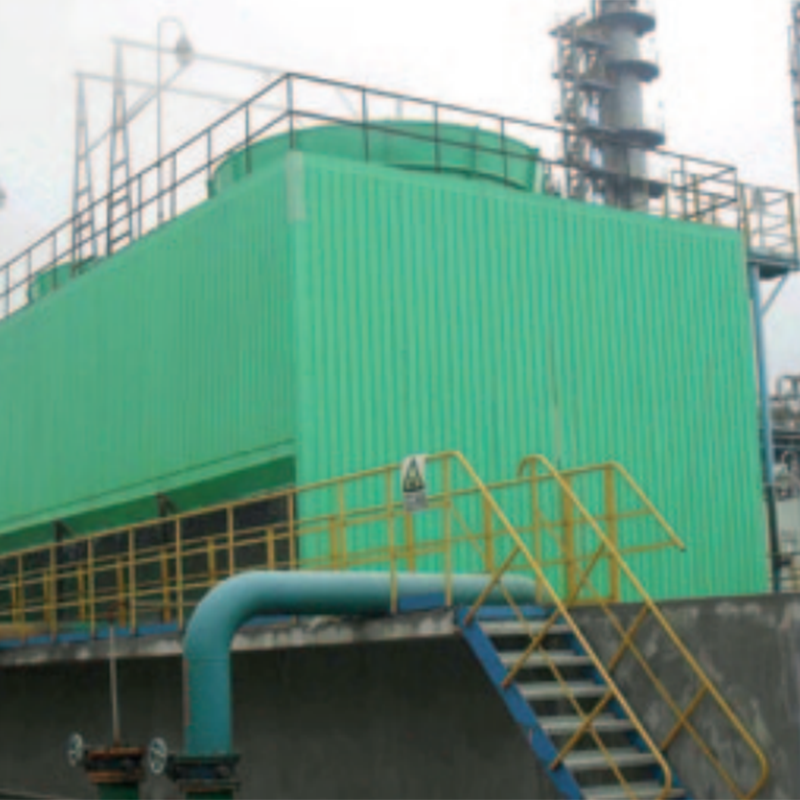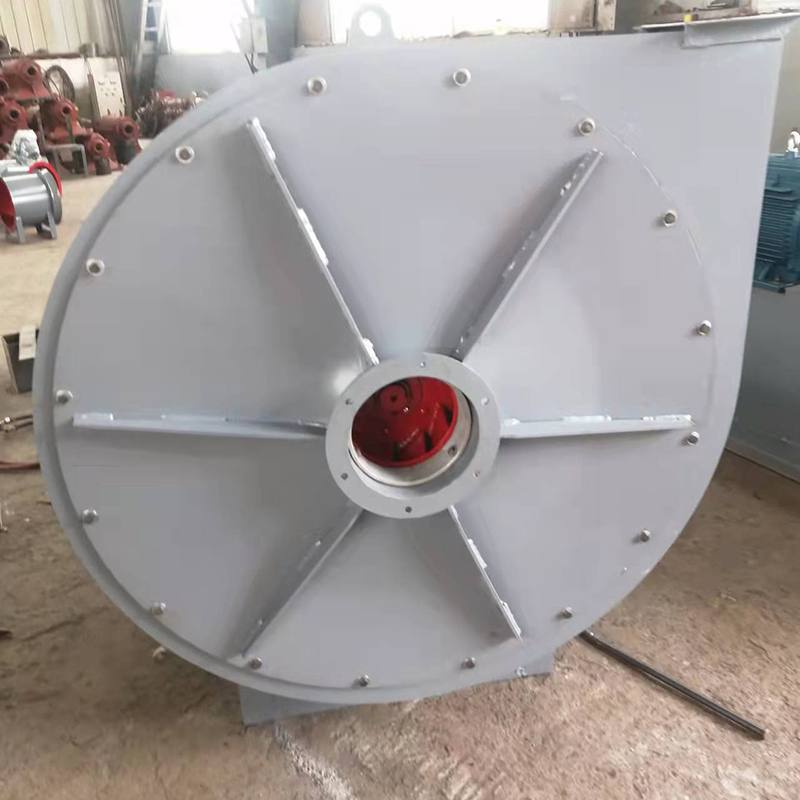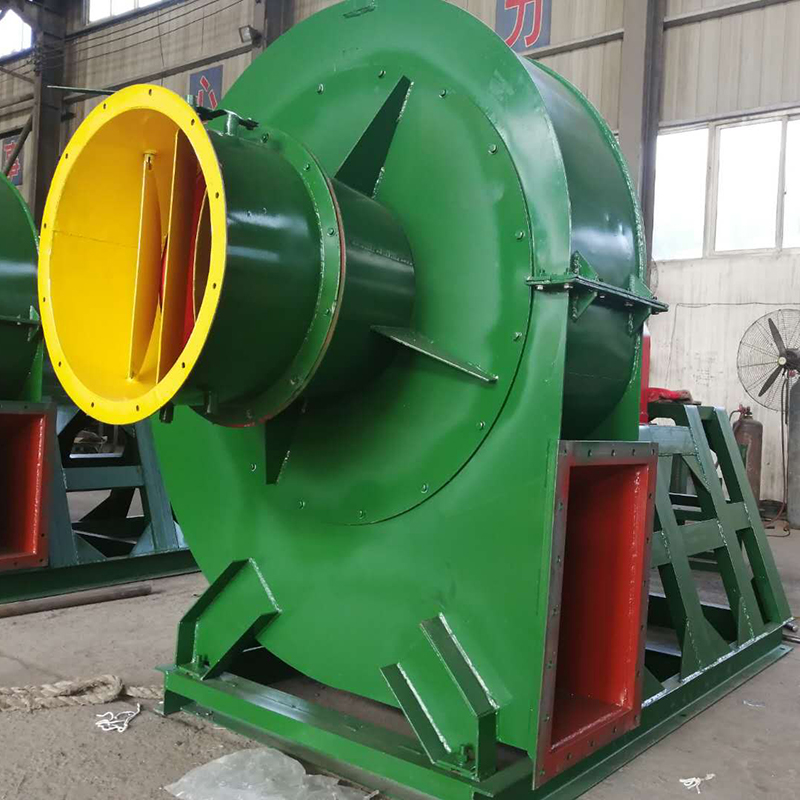
Products
Desulfurization Tower
Describe
The desulfurization tower is a tower equipment for desulfurization treatment of industrial waste gas. The desulfurization tower was originally built with granite masonry and was the most widely used. It uses the principle of water film desulfurization and dust removal, also known as granite water film desulfurization and dust collector.
The advantage is that it is easy to maintain, and the effects of dust removal and desulfurization (deammonization) can be achieved at the same time by preparing different dust removers. With the development of FRP technology, desulfurization towers are gradually made of FRP. Compared with granite desulfurization towers, FRP desulfurization towers are low in cost, easy to process, stainless and non-rotten, and light in weight, so they will become the development trend of desulfurization towers in the future. In addition, 316L stainless steel has three advantages of corrosion resistance, high temperature resistance and wear resistance, which is also one of the important trends in the development of desulfurization towers. After years of improvement, it has developed into Venturi type, swirl plate type, swirl column type, float type, sieve plate type, pneumatic emulsification type and other types of desulfurization towers. The equipment technology is becoming more and more mature, each has its own advantages and disadvantages. Insufficient, enterprises can choose different types according to their own needs.
Large-scale desulfurization devices for flue gas desulfurization are called desulfurization towers, while small desulfurization and dust removal devices used for desulfurization of coal-fired industrial boilers and kiln flue gas are mostly called desulfurization dust collectors. In the desulfurization tower and desulfurization dust collector, the flue gas containing SO2 should be used to chemically absorb the SO2 in the flue gas. In order to strengthen the absorption process, improve desulfurization efficiency, and reduce equipment investment and operating costs, desulfurization towers and desulfurization dust collectors should meet the following basic requirements,
(1) There is a large contact area and a certain contact time between gas and liquid:
(2) The disturbance between gas and liquid is strong, the absorption resistance is small, and the absorption efficiency of SO2 is high;
(3) The operation is stable, and there must be appropriate operating flexibility;
(4) The pressure drop when the air flow passes is small;
(5) Simple structure, convenient manufacture and maintenance, low cost and long service life;
(6) No fouling, no clogging, wear resistance and corrosion resistance;
(7) Low energy consumption and no secondary pollution.
SO2, the absorption and purification process, deals with low concentration SO2, flue gas, and the amount of flue gas is considerable, which requires continuous and efficient purification of flue gas in an instant. Therefore, the chemical reaction of SO2 should be an extremely fast reaction. Their conversion coefficient in the membrane is relatively large, and the reaction occurs in the membrane. Therefore, the absorption tower with the gas phase as the continuous phase, high degree of turbulence, and large phase interface is selected as the desulfurization tower. Towers and desulfurization dust collectors are more suitable. Generally, spray towers, packed towers, spray towers, plate towers, Venturi absorption towers, etc. can meet these requirements. Among them, the spray tower is one of the most widely used desulfurization tower types. The spray tower has the advantages of simple structure, mature and reliable technology, and is widely used in large power plants, small and medium-sized low-sulfur flue gas treatment: for high-sulfur flue gas treatment, The non-ferrous industry mainly uses pneumatic emulsification desulfurization towers and multi-layer spray towers.
Desulfurization process
The desulfurization process is based on the original double-alkali desulfurization process, which maintains the advantages of high desulfurization efficiency and improves the efficiency of lime replacement of bisulfite. The desulfurization process adopts a high-efficiency displacement reactor, with high desulfurization efficiency and small liquid-gas ratio. The efficiency of lime replacement of sodium bisulfite can be greater than 85%, and the operation is stable, reliable and economical.
The sodium-calcium double-alkali desulfurization process adopted by our company is a process developed on the basis of the limestone/gypsum method combined with the sodium-alkali method. The unique reaction technology makes the replacement efficiency reach more than 85%, which is much higher than the conventional level of 60%. This process integrates the characteristics of the lime method and the sodium-alkali method, solves the problem of easy fouling in the tower of the lime method, and also has the advantage of high absorption efficiency of the sodium-alkali method.
It utilizes the feature that sodium salt is easily soluble in water, uses sodium alkali to absorb in the absorption tower, and regenerates the desulfurized liquid after absorption with cheap lime, so that the sodium ion can be recycled and absorbed.
The sodium-calcium double-alkali method adopts the method of soda ash start-up, sodium-calcium absorption, and lime regeneration. Its basic chemical principle can be divided into desulfurization process and regeneration process :
- Desulfurization process
2NaOH+SO2→Na2SO3+H2O (1)
Na2SO3+SO2+H2O→2NaHSO3 (2)
(1) is the absorption start-up method:
(2) is the main reaction formula, pH>9 (when the alkalinity is high)
- Regeneration process
CaO+H2O→Ca(OH)2
2NaHSO3+Ca(OH)2→NaOH+CaSO3 (gypsum)
Na2SO3+Ca(OH)2→2NaOH+CaSO3 (gypsum)
In lime slurry (lime saturation), neutral NaHSO₃ quickly reacts with lime to release sodium ions. The sulfite ions produced subsequently continue to react with lime, and the calcium sulfite formed in the reaction slowly precipitates in the form of hemihydrate, so that the absorption liquid can recover its ability to absorb sulfur dioxide.
The by-product of desulfurization is desulfurization gypsum-calcium sulfate (after oxidation), and users can use different methods according to their needs.The by-products are processed and utilized.
Advantage
<1> Designed and manufactured by introducing foreign advanced technology, the desulfurization efficiency is as high as 98%, and the operation reliability is high;
<2> Simple, compact and special system design, small footprint, not only suitable for new power plants, but also suitable for the transformation of old power plant units;
<3> The optimal tower size makes the capital investment and operating costs the lowest, and is suitable for flue gas desulfurization of any coal type with sulfur content;
<4>Special nozzle design, better absorption effect, absorbent [limestone] is rich in resources, cheap and easy to get, desulfurization by-product [gypsum] is convenient for comprehensive utilization, and the economic effect is remarkable;
<5> The liquid redistribution device in the absorption tower can effectively avoid the phenomenon of flue gas wall climbing, improve economy, reduce energy consumption, and the slurry pool separation technology is beneficial to the crystallization of gypsum and the absorption of sulfur dioxide.






